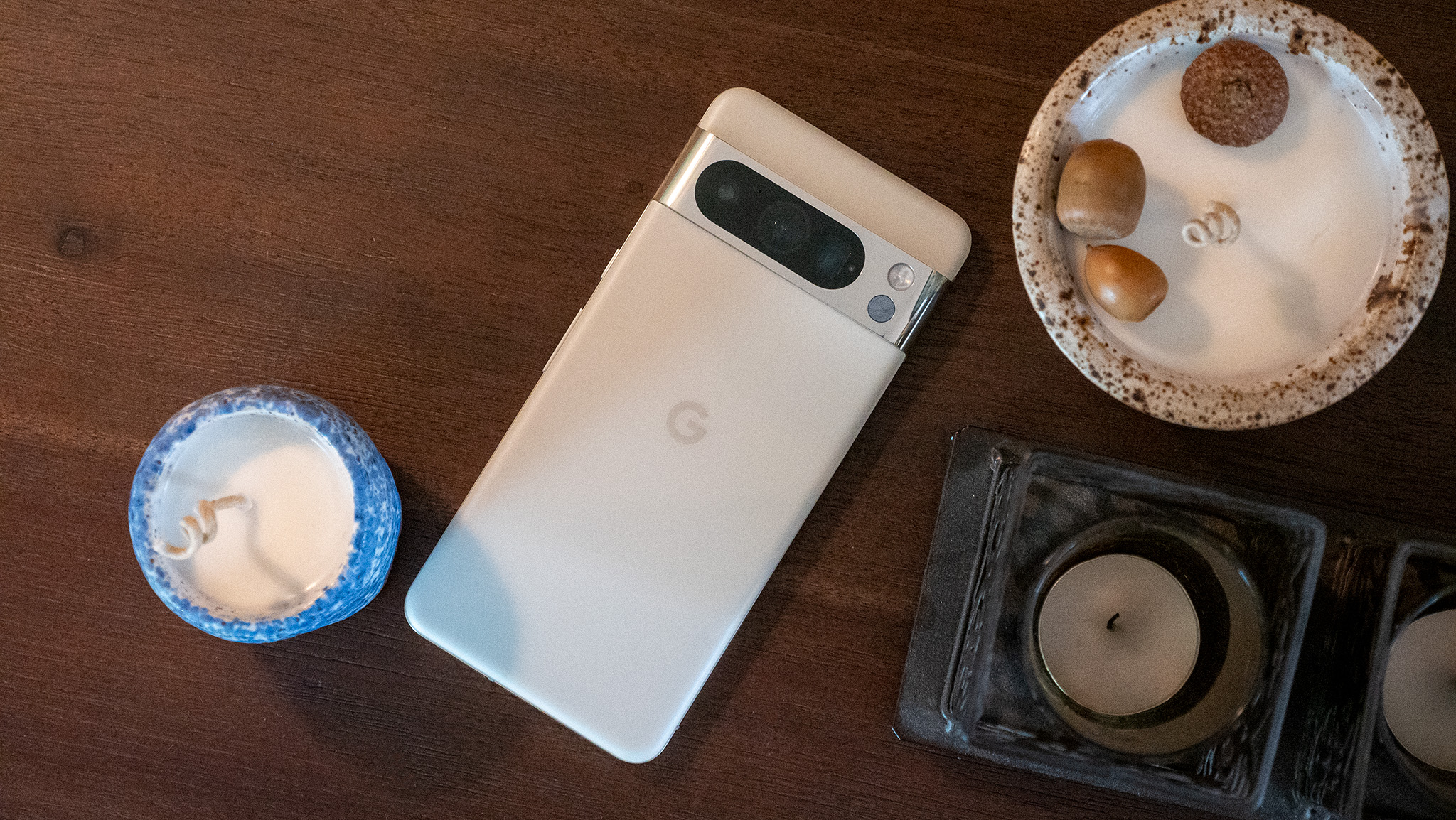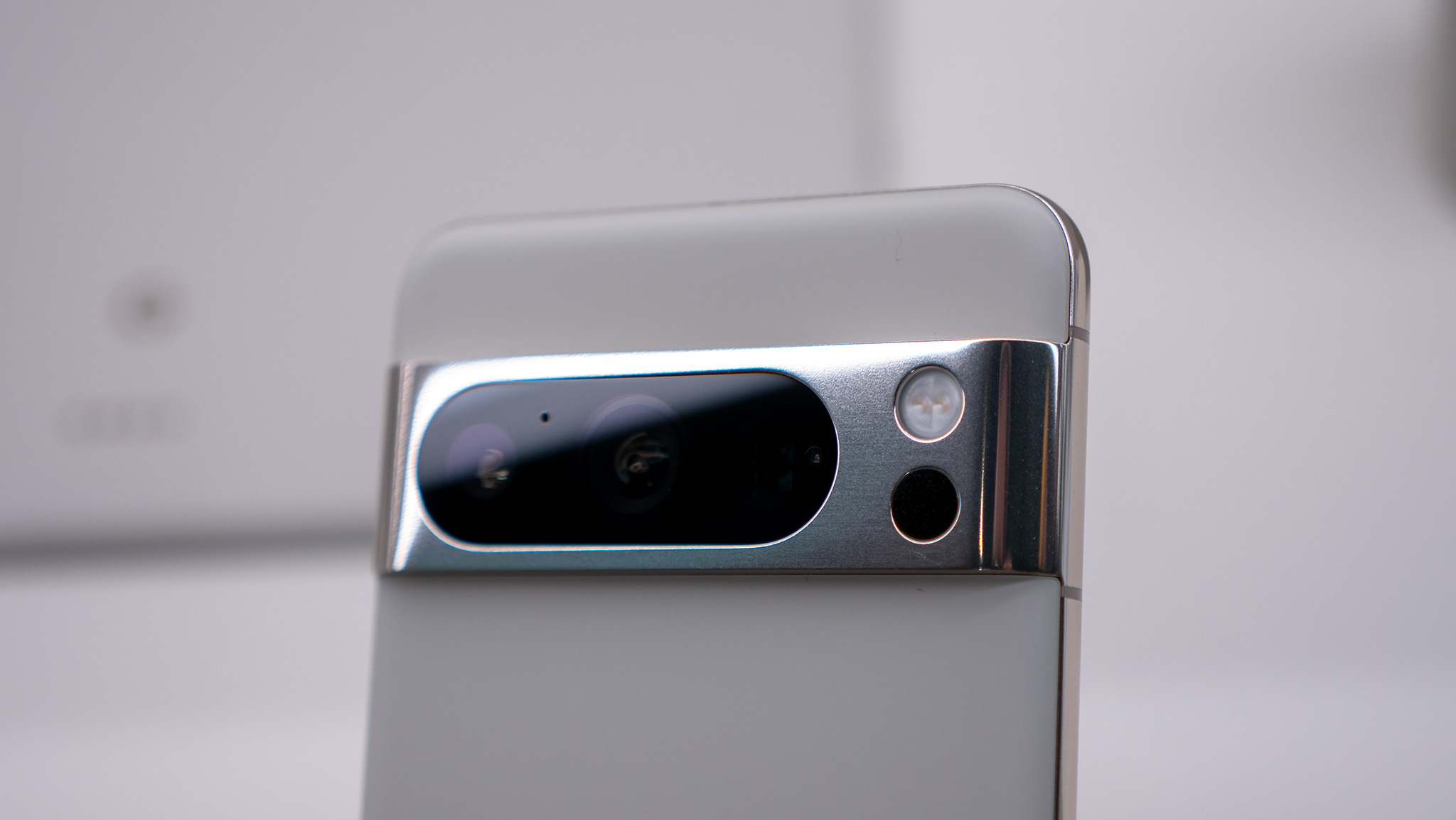
What you need to know
- Google is gradually rolling out Video Boost to Pixel 8 Pro users starting December 7, but the feature might not be available immediately.
- Video Boost uploads videos shot on Pixel 8 Pro to the cloud, enhances them, and sends the videos back down to your device.
- There are some caveats to the process, like how it may take "a while" for Google's data centers to enhance the videos.
Video Boost, the video enhancement feature Google originally announced alongside the Pixel 8 Pro, is now rolling out to the device. The release is part of a gradual rollout, and Google warns that not all Pixel 8 Pro users will be able to use Video Boost immediately. When the feature was first announced, Google said it "adjusts color, lighting, stabilization and graininess," but we now know much more about how Video Boost works.
The company published a support document today that shared the specifics of Video Boost for the first time. When the feature is enabled, video will be captured at 4K resolution, in SDR, at 30 FPS by default. Users can tweak these settings if they want to get higher-quality video, like 10-bit HDR. However, these quality settings won't be what users see after first shooting with Video Boost.
Initially, your Pixel 8 Pro will save a 1080p SDR 30 FPS video that can be viewed, edited, or shared with others. This is called an "initial video," and users can play it by tapping Preview in the Google Photos app.
That initial video will then be uploaded to the cloud with Google Photos, which must be enabled for Video Boost to start. The video backup will start automatically for people who have automatic backup enabled, but everyone else will need to do it manually.

Google says that it will take "a while" for the video to be processed and enhanced. Among other things, the time it takes for Video Boost to finish will depend on the video's size and the user's internet speed. After Video Boost finishes, a push notification will be sent to the Pixel 8 Pro, and the new video will be available.
You will be able to watch both the initial and boosted video in Google Photos, and the latter will be automatically downloaded to your device over Wi-Fi. There's a new icon — it looks like Google's video icon with a star in the top left corner — that identifies Video Boost.
Separate from the initial video, Google will store a temporary video on your Pixel 8 Pro. This is the file that will be uploaded to Google, and it will take up space on your phone. Video Boost won't start if you're extremely low on storage, and you'll get a warning if you're running out of storage during a recording. After the boost is complete, the temporary video will be automatically deleted.
Regardless of how much storage you have, Google has a hard cap of 10 minutes of video while using the feature.
Video Boost won't be enabled by default, but Google will prompt users to try it when in certain dark lighting situations. To enable it, go to the video mode in the Pixel Camera app, tap the video settings, and then turn on Video Boost.
Google said this feature would come in December, and the company met its self-imposed timeline. Pixel 8 Pro users can check to see if they have Video Boost starting now.
The best of the best
The Pixel 8 Pro is one of the best phones you can buy. Not only does it have a great design, but the Tensor chipset enables impressive AI capabilities that are only available on the phone. And features like Video Boost will enhance the quality of the content captured from your already impressive cameras.







